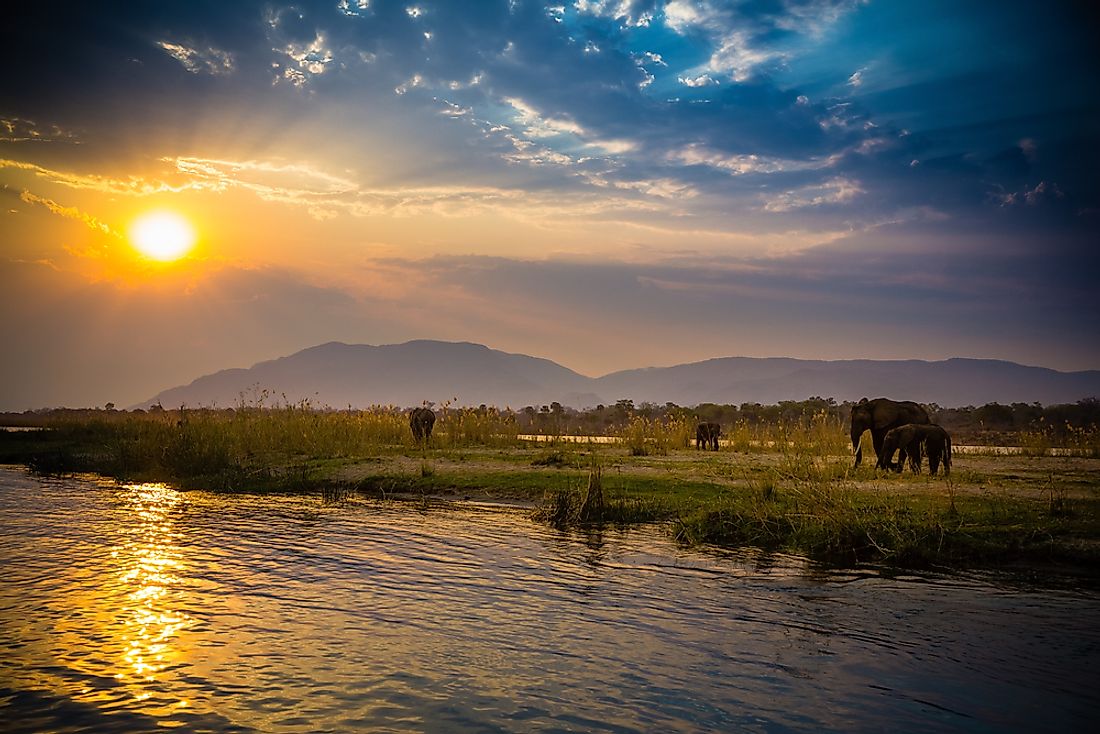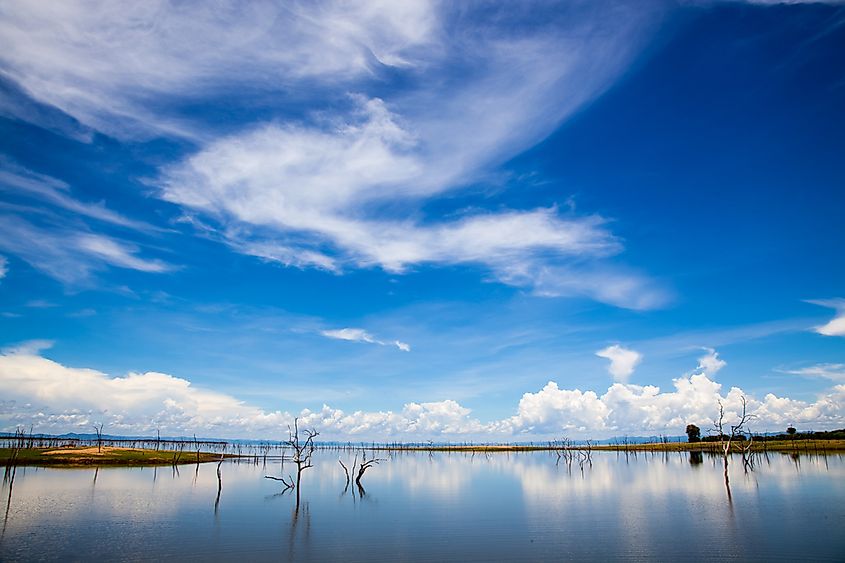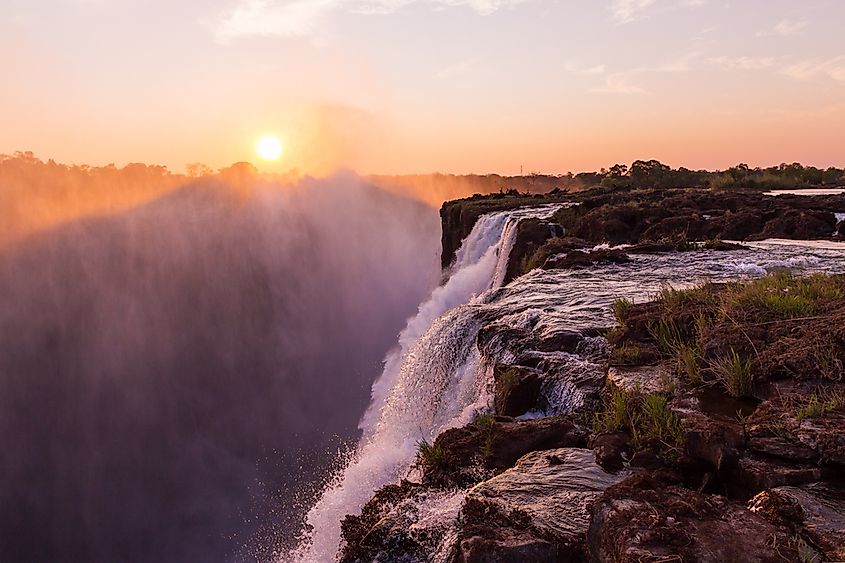8 Interesting Facts About Zambia

Zambia is a country located at the crossroads of Eastern, Southern, and Central Africa. It borders the Democratic Republic of the Congo (DRC), Tanzania, Malawi, Botswana, Zimbabwe, Namibia, Angola, and Zimbabwe. The Khoisan people were early inhabitants of the region until the 13th century, when the Bantu people arrived from Central Africa, especially the Congo.
In the 18th century, the region became a British Protectorate until it gained independence on October 24, 1964. Despite possessing vast deposits of high-grade copper, Zambia is among the least developed countries in the world. It struggles with high levels of unemployment, poor public services, inadequate and underdeveloped infrastructure, disease, and poverty. Nevertheless, Zambia is a unique country, and a series of interesting facts are highlighted below.
Zambian Airlift
After independence, Zambia's first president, Kenneth Kaunda, sought to maintain a good relationship with Britain by keeping the country within the British Commonwealth. In 1965, Zimbabwe declared independence from Britain and defied United Nations (UN) sanctions that Zambia supported. As a result, in 1966 Zimbabwe barred Zambia from exporting copper through its territory, prompting Britain, the United States, and Canada to airlift goods in and out of the country.
Greeting First
Greetings are an essential part of the Zambian culture, regardless of age or social status. If approached by someone, a greeting should be offered before engaging in conversation. When different genders are involved, the female initiates the greeting, and the male responds. Visitors are given gifts when leaving as a sign of gratitude, friendship, or honor, and refusing a gift is considered disrespectful.
Lake Kariba

Zambia is home to Lake Kariba, the largest artifically created reservoir in the world by volume. It was created by constructing the Kariba Dam on the Zambezi River, which is 800 mi from the Indian Ocean. The lake is over 139 mi long, 25 mil wide, covers more than 2,154 sq mi, and stores 44 cu mi of water.
Victoria Falls
Victoria Falls is one of the largest and most spectacular waterfalls in the world. Located on the Zambezi River along Zambia's border with Zimbabwe, the waterfall is 355 ft high and 5,604 ft wide. The roaring noise of Victoria Falls can be heard from over 10 mi away, while the mist can rise to over 1,200 ft. Scottish missionary and explorer David Livingstone named the waterfall after Queen Victoria of the United Kingdom.
National Symbol
The African fish eagle is a national symbol of Zambia. The bird, which closely resembles the American bald eagle, is featured on the country's coat of arms and flag. The African fish eagle represents freedom from colonial oppression and the country's willingness to rise above struggles.
Vast Copper Deposits
Zambia was the largest copper producer in Africa until it was recently surpassed by the DRC. Nevertheless, Zambia ranks as the seventh-largest producer of copper in the world. The Copperbelt region contains vast deposits and accounts for about 90% of production. However, Zambia is among the least developed countries in the world, with high rates of unemployment. Prices of copper have declined in recent years as a result of increased production, forcing companies to downsize. Approximately 60.5% of Zambians live below the poverty line.
Devils Pool

Thousands of years of erosion have created a dip on the edge of Victoria Falls, forming a natural pool named "Devil's Pool." In fact, the natural feature is so close to the edge of the falls that swimmers in Devil's Pool can see water go over the falls. A rock at the edge of the pool prevents swimmers from falling over 300 ft to the bottom of the falls.
Storytelling
In Zambia, storytelling is a popular way to spend time with family and friends. The culture is practiced in both rural and urban cities by both young and old.











